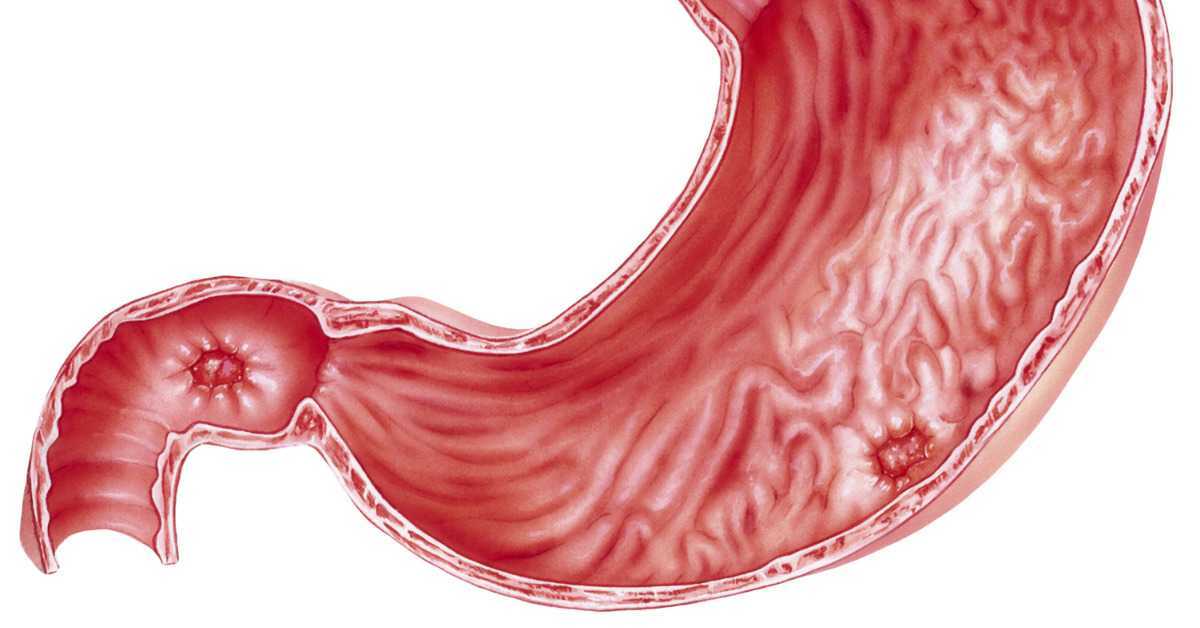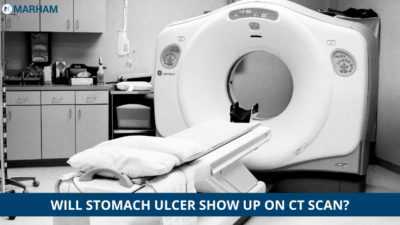Have you ever undergone a CT scan and been told that you have an ulcer? It’s possible that the results of your scan were inconclusive and further tests were ordered.
In this blog post, we’ll discuss what stomach ulcers are, how they’re diagnosed, and whether or not Will Stomach Ulcers show up on CT Scan? Keep reading to learn more!
What is a CT Scan?
A CT scan is a diagnostic medical procedure that uses x-rays and computer technology to produce detailed images of the body. During a CT scan, the patient is positioned on a table and moved through a doughnut-shaped machine called a gantry.
As the table moves, the gantry rotates around the patient, taking multiple x-ray images from different angles. These images are then transmitted to a computer, where they are processed to create cross-sectional images of the body.
CT scans are often used to diagnose problems with the bones, muscles, and organs, and they can be performed on both adults and children. While CT scans are generally safe, they do expose the patient to ionizing radiation, which can increase the risk of cancer. For this reason, CT scans should only be performed when absolutely necessary.
Symptoms of Stomach Ulcers
Stomach ulcers are a type of peptic ulcer, meaning they occur in the digestive tract.
- The most common symptom of a stomach ulcer is a burning sensation or pain in the stomach.
- This pain may come and go, but it is typically worse when the stomach is empty.
- Other common symptoms include nausea, bloating, burping, and weight loss.
- Some people also experience vomiting, bloody stools, and difficulty swallowing.
If you think you may have a stomach ulcer, it is important to see a doctor for a diagnosis. Ulcers can be treated with medications, but they can also become infected and lead to serious complications if left untreated.
CT Scan for Diagnosis of Stomach Ulcers
A computed tomography (CT) scan is a diagnostic tool that uses x-rays to create detailed images of the inside of the body. CT scans are often used to diagnose stomach ulcers, as they can provide clear images of the stomach lining.


The doctor will look for abnormal changes in the lining, such as ulcerations or inflammation. In some cases, a CT scan may also be used to confirm the results of an endoscopy. During an endoscopy, a small camera is inserted into the stomach through the mouth.
While this procedure can provide clear images of the stomach lining, it is not always possible to get a good view of the entire area. CT scans can be helpful in these cases, as they provide a more comprehensive view.
Risks associated with a CT Scan
CT scans are often used to diagnose problems such as infections, injuries, and tumors. While CT scans are generally safe, there are a few potential risks that should be considered.
- First, CT scans expose patients to a small amount of ionizing radiation, which could potentially lead to cancer.
- Additionally, CT scans can sometimes cause allergic reactions or skin irritation.
- Finally, it is important to note that contrast materials used in CT scans may contain iodine, which can be dangerous for patients with certain medical conditions.
However, the risks associated with CT scans are typically outweighed by the benefits of accurate diagnosis and treatment.
Treatment for Stomach Ulcers
Treatments for stomach ulcers vary depending on the underlying cause.
- In most cases, a combination of medication and lifestyle changes is recommended.
- Medications may include antacids to relieve pain and reduce stomach acid levels, proton pump inhibitors to reduce stomach acid production, and antibiotics to clear any bacterial infections.
- Lifestyle changes may include quitting smoking, eating a balanced diet, and reducing stress levels.
- In some cases, surgery may also be necessary.
Prevention for Stomach Ulcers
Although they can often be treated with medication, recurrent ulcers can be difficult to manage. Fortunately, there are some things that people can do to help prevent stomach ulcers from developing in the first place.
- One of the most important steps is to avoid taking non-steroidal anti-inflammatory drugs (NSAIDs) such as ibuprofen or aspirin.
- These medications can irritate the lining of the stomach and make ulcers more likely to develop.
- Smoking and drinking alcohol are also risk factors for ulcers, so quitting smoking and reducing alcohol consumption can help reduce the risk.
- Additionally, eating a healthy diet and managing stress levels can also play a role in Ulcer prevention.
By taking these simple steps, people can help reduce their risk of developing this painful condition.
Final Notes
Ulcers can show up on a CT scan, but not always. If you are experiencing the symptoms of an ulcer, it is important to see your doctor and get tested. While stomach ulcers may not always show up on a CT scan, they can be detected with other tests.
If you are having any of the common symptoms of an ulcer, such as abdominal pain, nausea or vomiting, black stools, or bloody vomit, please see your doctor right away for diagnosis and treatment.
Book your appointment with the Best Gastroenterologists in Islamabad online via Marham today!
Can’t Find the App
| Android | IOS |
|---|---|
  |
  |
FAQ’s
Do ulcers show up on ultrasound?
Ulcers cannot be detected by ultrasound technology, but other diagnostic procedures can. Typically, doctors will order an endoscopy, a series of x-rays, or a test for the bacteria that causes stomach ulcers. Although some research looks into the possibility of using ultrasonography to detect ulcers, there is not enough evidence for specialists to advise against it.
Can ultrasound detect stomach cancer?
According to the research, “ultrasonography is a particularly sensitive and specific approach for identifying stomach cancer.” Only 28% of the patients tested were confirmed to have gastric cancer, and their condition was unknown due to the clinical symptoms.
Does gastric cancer show on ultrasound?
Additionally, it has been demonstrated that a transabdominal ultrasound examination is highly effective at detecting stomach cancer. Despite these encouraging findings, the location, staging, and patient habits of the patient all have a role in the actual practice of stomach tumor diagnosis.

